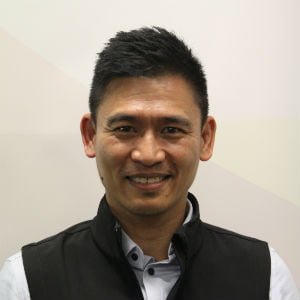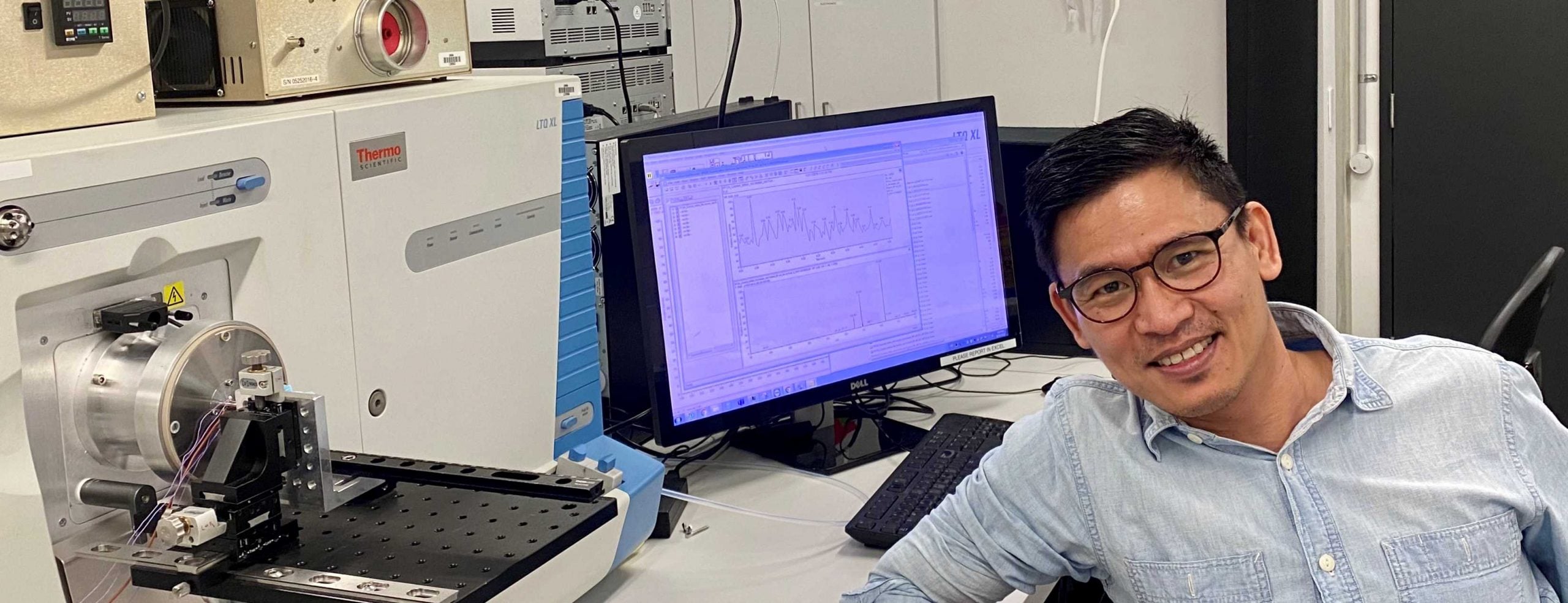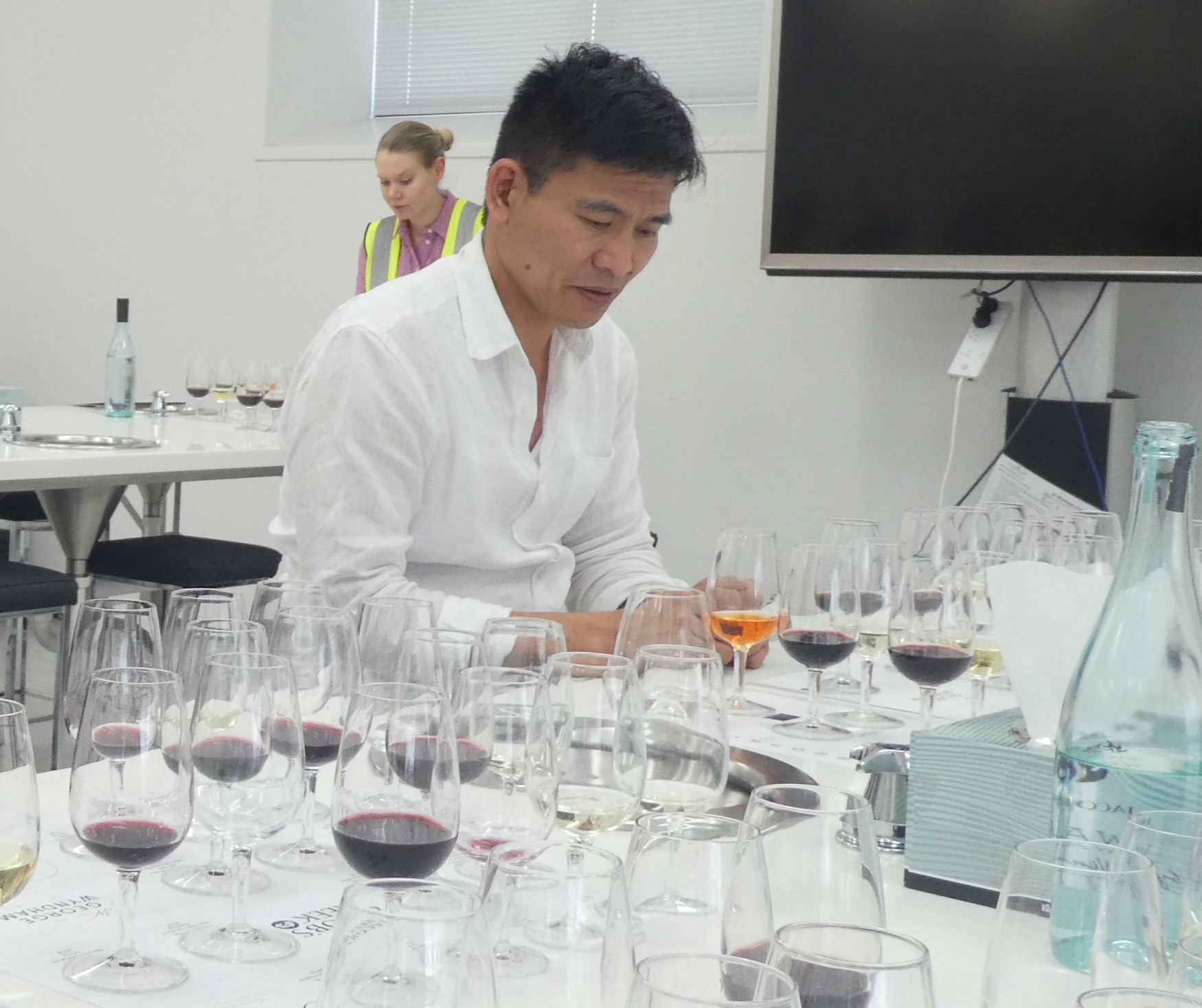Could you tell us a bit about yourself and your academic background?
 I was born in Malaysia and grew up in the Philippines. I completed my BSc and MSc in chemistry from Ateneo, in Davao and Manila, respectively.
I was born in Malaysia and grew up in the Philippines. I completed my BSc and MSc in chemistry from Ateneo, in Davao and Manila, respectively.
I then joined the Philippine National Police and was assigned to the Crime Laboratory Service as a Forensic Chemist. After almost 15 years of police service, I continued my forensic work with the United Nations Directorate for Peacekeeping Operation as a Forensic Expert with field assignments in Sudan (2009) and Timor-Leste (2011).
After the UN roles, I received a research fellowship from the Organization for the Prohibition of Chemical Weapons (OPCW) in The Hague, Netherlands. I spent the said fellowship at the Swiss Federal Institute of Technology Zurich (ETH Zurich) with Prof. Dr. Renato Zenobi where my project focused on developing plasma-based ionization mass spectrometry.
I undertook my PhD in Chemistry at the University of New South Wales (UNSW) having received an Australian Research Training Program scholarship with a top-up fund from OPCW Graduate Research Fellowship. During my PhD, I pioneered the plasma-based MS ionization research at UNSW which resulted in numerous published high impact factor papers (including a cover article and an award) and resulted in an Australian provisional patent. My project became one of the NSW Smart Sensing Network pioneering initiatives which was supported by the NSW State Government through the Office of the Chief Scientist & Engineer.
After completing my PhD in 2017, I began a Research Fellowship at the National University of Singapore (NUS) in the Yong Loo Lin School of Medicine.
Now, I am working as a Research Associate in the ARC Training Centre for Innovative Wine Production at the National Wine and Grape Industry Centre (NWGIC) with Charles Sturt University.
Could you introduce us to your project and what it involves?
My current research in the Centre is focussed on developing a portable, direct and rapid assessment tool for wine and grapes.
I have found out that the Australian wine industry was estimated to produce 1.29 bn litres of wine in 2018 and contributed over $40 bn annually to the Australian economy. One of the challenges facing the wine and grape industry is the bargaining power between buyers (winemakers) and growers due to a lack of transparency and certainty over grape pricing and quality assessment procedures. The current assessment techniques are very costly, time consuming and require a high level of technical skill. One way to circumvent this challenge and substantially aid decision-making in a timely manner is to develop rapid objective methods to assess the quality of wine and grapes.

In my project, I will develop an in-field assessment for wine and grape quality, composition and other important phytochemical compounds. I will identify and quantify volatiles that are linked to grape fungal infection and this will be extended to volatiles linked to wine faults and taints. My focus is on developing a rapid and direct method for the detection of volatile grape biomarkers using mass spectrometry. This work will see me developing and characterising a library of adsorbent materials that can be used to capture specific target compounds, followed by integrating these materials into the ambient ionization mass spectrometry method that will allow the targets to be rapidly detected.
Based on my initial results, this near real-time methodology in detecting volatile organic compounds is promising. Importantly, this innovation takes less than 2 minutes per sample which is significantly shorter than previously reported techniques for the analysis of the phytosanitary aspects of grapes. I will be conducting a full method validation, quantitative studies, and an optimization for the detection using real grapes or wine samples.
What can you see yourself doing in the future?

Within the wine and grape industry, there’s plenty of room for improvement. Innovation is the key frontline of this endeavour as this influences the practical application in determining quality of wine and grapes. With promising initial results, I hope this technology can be extended to other agricultural products and important applications in the future.
